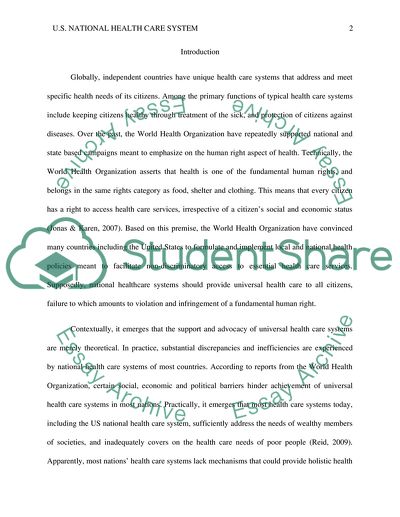Cite this document
(U.S. National Health Care System Research Paper, n.d.)
U.S. National Health Care System Research Paper. Retrieved from https://studentshare.org/health-sciences-medicine/1860256-the-national-health-care-system
U.S. National Health Care System Research Paper. Retrieved from https://studentshare.org/health-sciences-medicine/1860256-the-national-health-care-system
(U.S. National Health Care System Research Paper)
U.S. National Health Care System Research Paper. https://studentshare.org/health-sciences-medicine/1860256-the-national-health-care-system.
U.S. National Health Care System Research Paper. https://studentshare.org/health-sciences-medicine/1860256-the-national-health-care-system.
“U.S. National Health Care System Research Paper”, n.d. https://studentshare.org/health-sciences-medicine/1860256-the-national-health-care-system.


